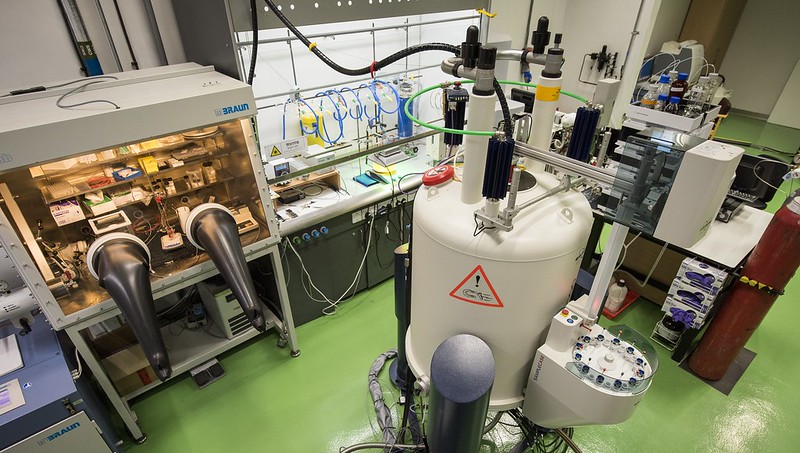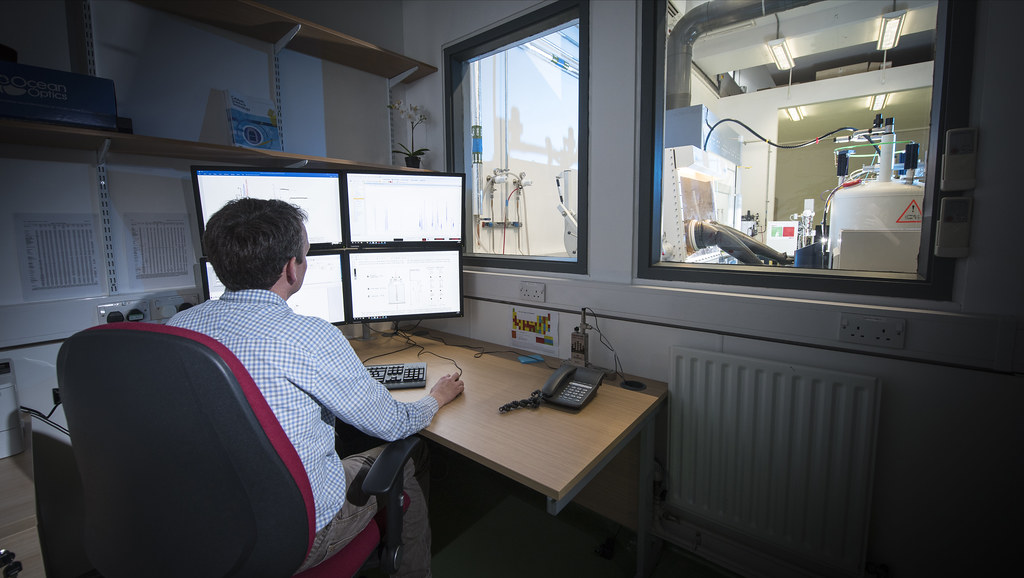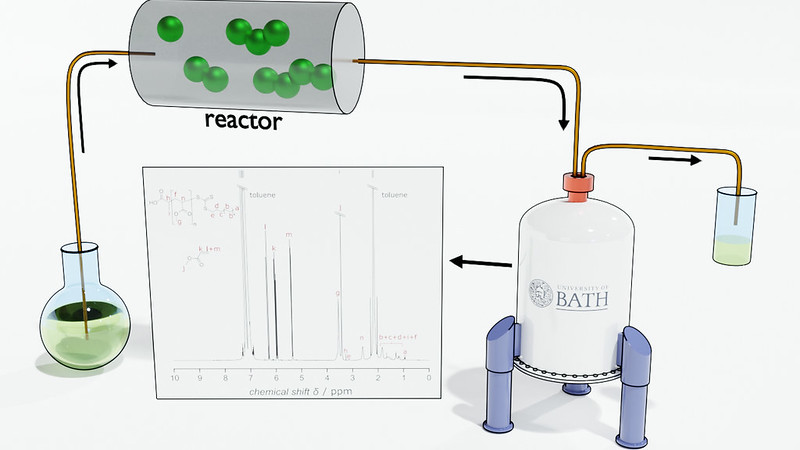Dynamic Reaction Monitoring Facility

The Dynamic Reaction Monitoring (DReaM) Facility combines several analytical techniques to monitor liquid-phase chemical reactions in real-time.
Discover the equipment housed by the DReaM Facility, some of the research undertaken by our users, and how you can use the DReaM Facility to monitor liquid-phase chemical reactions in real-time.

The Dynamic Reaction Monitoring (DReaM) Facility combines several analytical techniques to monitor liquid-phase chemical reactions in real-time.

The Facility was established in 2016 with an EPSRC strategic equipment grant, to monitor homogeneous chemical reactions in real-time.

Learn more about the equipment and instruments that are part of the Dynamic Reaction Monitoring Facility.

If you are a University of Bath researcher, read on to learn how to book the DReaM Facility

A call for proposals will be open twice a year for external users to apply for pay-for-use time at the DReaM Facility.

Read how MC² supported an international collaboration to monitor polymerisation reactions in real time.
Nuclear Magnetic Resonance (NMR) can be thought of as asking nuclei questions about their local environment and then listening to the response. Find out about the applications of NMR and how you can use our facility.

Discover the University's nuclear magnetic resonance spectroscopy equipment and how it can help with your research.

How Nuclear Magnetic Resonance (NMR) has been used to better understand the growth conditions of parasitic organisms.

If you use the Nuclear Magnetic Resonance (NMR) facilities in 1 South, make sure you use the correct cap colour for your research group's samples.
Mass Spectrometry is a sensitive technique used to identify and quantify compounds based on their mass, charge, structure and elemental composition. Find out about using our Mass Spectrometry service.

Find out about the mass spectrometry service and how it could help your research.

Find out about the features and applications of the new gas chromatography mass selective detector in MC².
Learn how to routinely quantitate amino acids, with additional untargeted analysis capabilities, using mass spectrometry.
We provide several types of chromatography that separate compounds based on their size, charge and other physiochemical interactions of compounds with mobile phases and stationary phases.
Chromatography is a technique used to separate a mixture into its individual compounds based on their physiochemical properties.
The Chemical Characterisation Facility combines cutting-edge analytical equipment with extensive in-house expertise to provide a comprehensive material and chemical characterisation service.
The Chemical Characterisation Facility is part of the Research Infrastructure and Facilities department.
Please email: